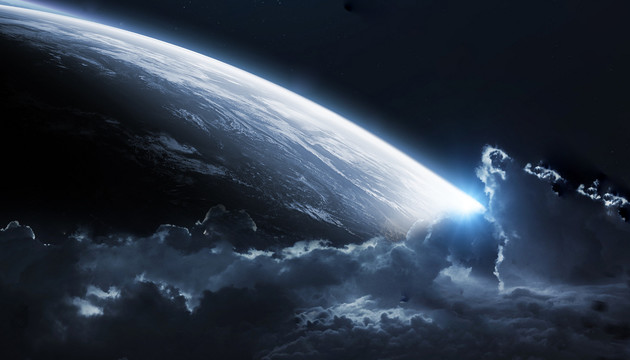
Photo/Shetuwang
The British astronomers have detected, for the first time, water vapor signatures in the atmosphere of a planet beyond our solar system that resides in the "habitable zone."
Researchers at the University College London used Hubble Space Telescope to find water vapor in the atmosphere of K2-18b, an exoplanet around a small red dwarf star about 110 light-years away in the constellation Leo, according to a statement released by the U.S. space agency NASA on Wednesday.
The "habitable zone" is the region around a star in which liquid water could potentially pool on the surface of a rocky planet.
If confirmed by further studies, this will be the only exoplanet known to have both water in its atmosphere and temperatures that could sustain liquid water on a rocky surface, according to NASA.
However, given the high level of activity of its host star with high-energy radiation, the planet is believed to be more hostile to life as it is on Earth.
NASA's Kepler Space Telescope discovered K2-18b in 2015. It has a mass eight times greater than Earth's, meaning its surface gravity would be significantly higher than on Earth.
The results also suggested the presence of hydrogen and helium in the planet's atmosphere. The researchers said that other molecules, like nitrogen and methane, may also be present in the planet, but they remain undetectable with current observations.
K2-18b is one of hundreds of "super-Earths" or exoplanets with masses between those of Earth and Neptune found by Kepler. NASA's TESS mission is expected to detect hundreds more super-Earths in the coming years.
Email: gaohan@nbd.com.cn


 川公网安备 51019002001991号
川公网安备 51019002001991号





